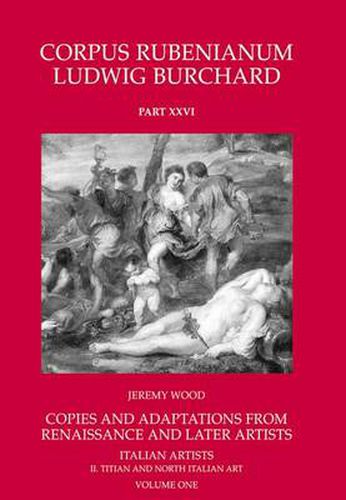Readings Newsletter
Become a Readings Member to make your shopping experience even easier.
Sign in or sign up for free!
You’re not far away from qualifying for FREE standard shipping within Australia
You’ve qualified for FREE standard shipping within Australia
The cart is loading…






The present volume is the second of three devoted to the many copies and adaptations that Rubens made from Italian art, and it is dominated by his interest in the work of artists active in Venice during the sixteenth century. Rubens, when a mature master, decided to make a number of full-size painted replicas of works by Titian that he saw on his travels to Madrid and London. Perhaps surprisingly, he made far fewer copies after the works of Titian’s contemporaries, Tintoretto and Veronese, but, in addition, the volume examines his interest in the work of other masters active in North Italy at this time, notably Andrea Mantegna, Antonio da Correggio, and Girolamo Francesco Parmigianino. It is Rubens’s interest in Titian, however, that has been seen as crucial for art in the Early Modern period, a topic that has attracted the attention of critics and art historians from the seventeenth century to the present day.
$9.00 standard shipping within Australia
FREE standard shipping within Australia for orders over $100.00
Express & International shipping calculated at checkout
The present volume is the second of three devoted to the many copies and adaptations that Rubens made from Italian art, and it is dominated by his interest in the work of artists active in Venice during the sixteenth century. Rubens, when a mature master, decided to make a number of full-size painted replicas of works by Titian that he saw on his travels to Madrid and London. Perhaps surprisingly, he made far fewer copies after the works of Titian’s contemporaries, Tintoretto and Veronese, but, in addition, the volume examines his interest in the work of other masters active in North Italy at this time, notably Andrea Mantegna, Antonio da Correggio, and Girolamo Francesco Parmigianino. It is Rubens’s interest in Titian, however, that has been seen as crucial for art in the Early Modern period, a topic that has attracted the attention of critics and art historians from the seventeenth century to the present day.